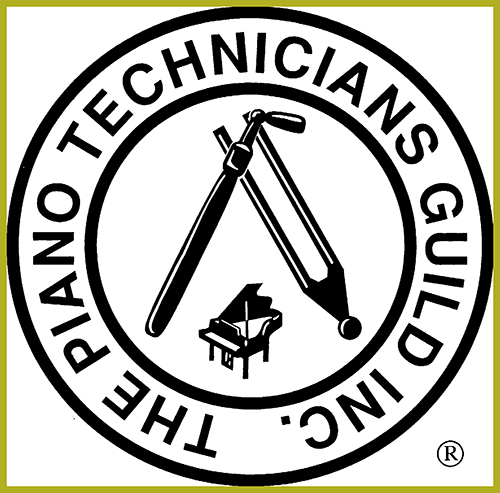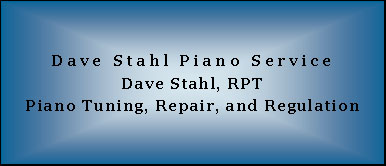
Regulation
Regulation is adjusting all the moving parts inside the piano. Those moving parts are called the action. A complete regulation is seldom necessary on newer instruments, but there are several functions that should be addressed within 1-3 years of delivery to keep your piano performing as intended. Below are diagrams of typical grand and upright piano actions, and their movements. An action contains thousands of moving parts. For a piano to operate at optimum efficiency, each of these parts must be checked and adjusted occasionally. The harder and more frequently an instrument is played, the more often it will benefit from some regulation.
Action regulation consists of checking and adjusting each moving part to ensure that it functions properly. When this is properly done, the keys all have a similar feel and response. The goal is to allow the player to have the most control and power possible, and thus, the widest range of expression permitted by the instrument.
Problems such as non-repeating notes, hammers bouncing or blocking against strings, and an assortment of other annoyances that might lead one to think that there is something “broken” in the piano are more likely to be regulation issues. If you are interested, I will be happy to demonstrate how the action operates.
Notes that don’t repeat quickly can be caused by poorly regulated jacks or backchecks.
Hammers bouncing or blocking against string are usually a result of the jack being released from the knuckle when the hammer is too close to the string.
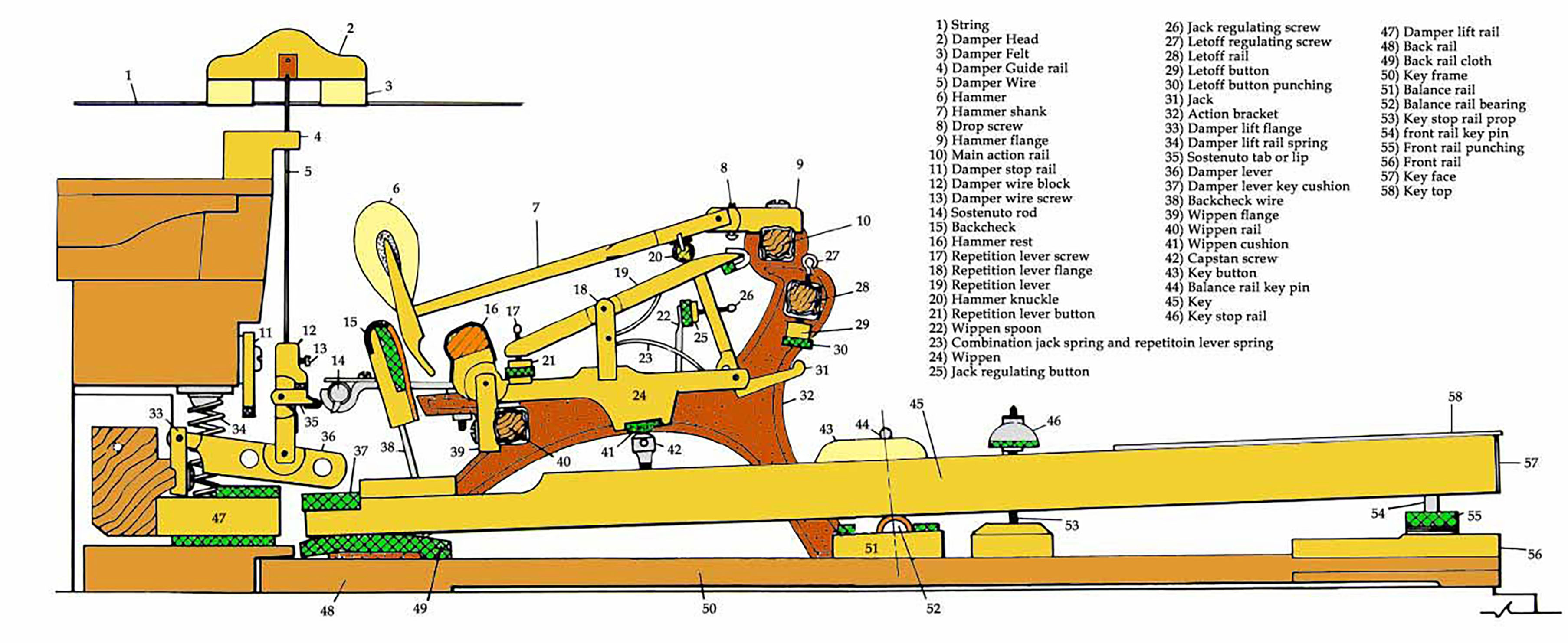
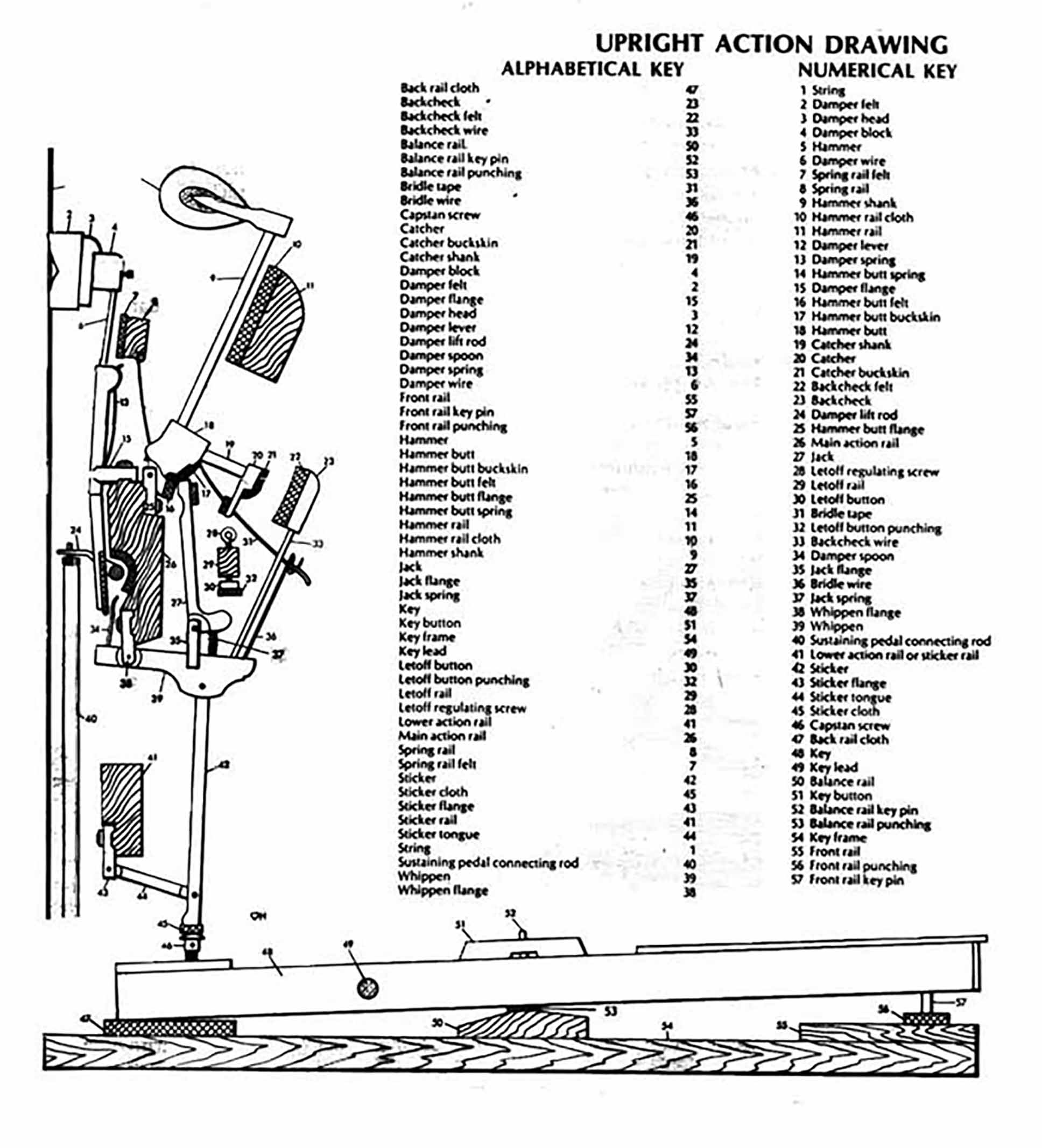
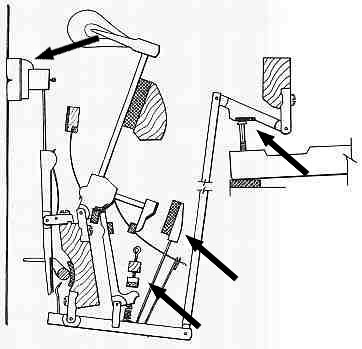
RELATED LINKS
Piano Technicians Guild and Regulation
Back to Top